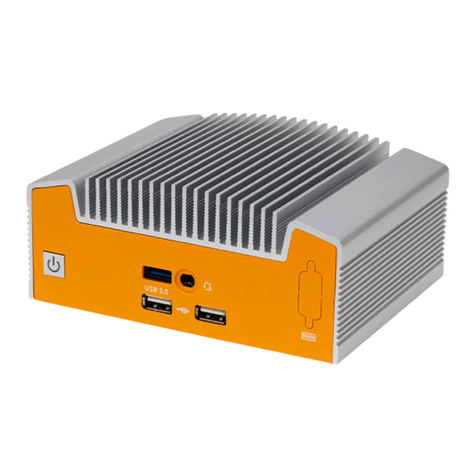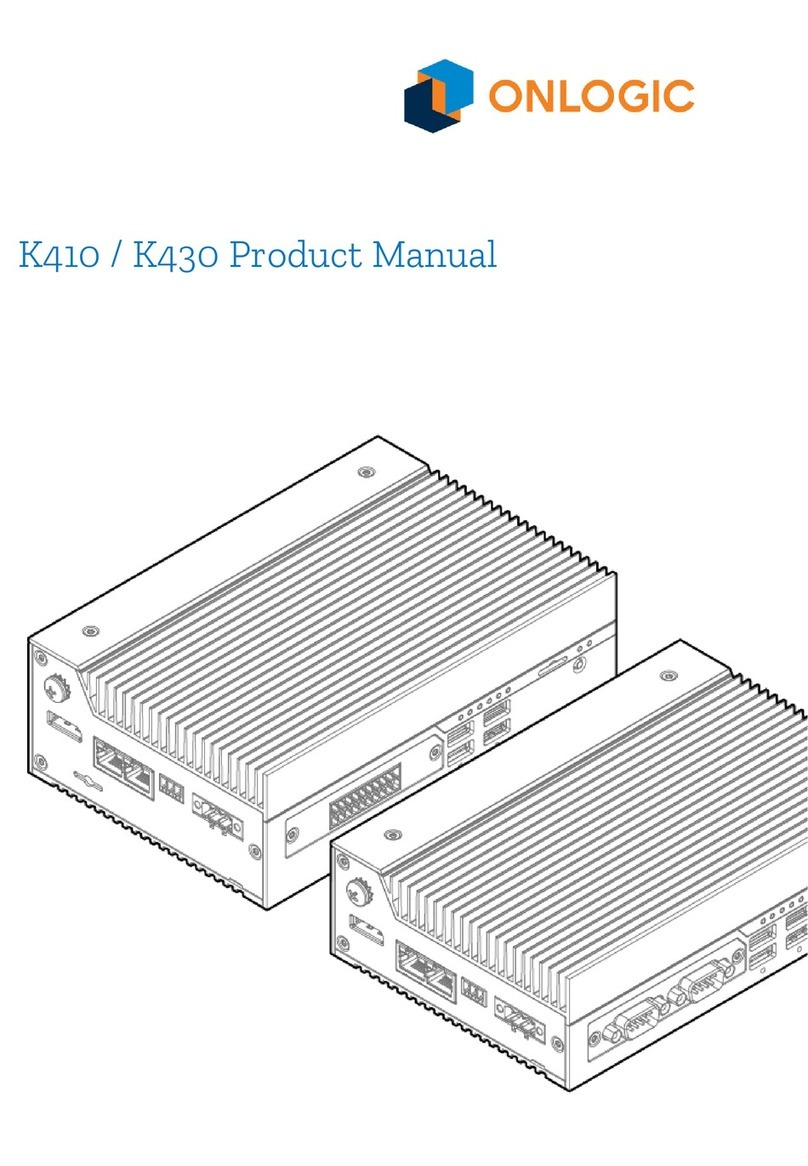Onlogic HX511 User manual
Other Onlogic Industrial PC manuals

Onlogic
Onlogic IGN500 User manual
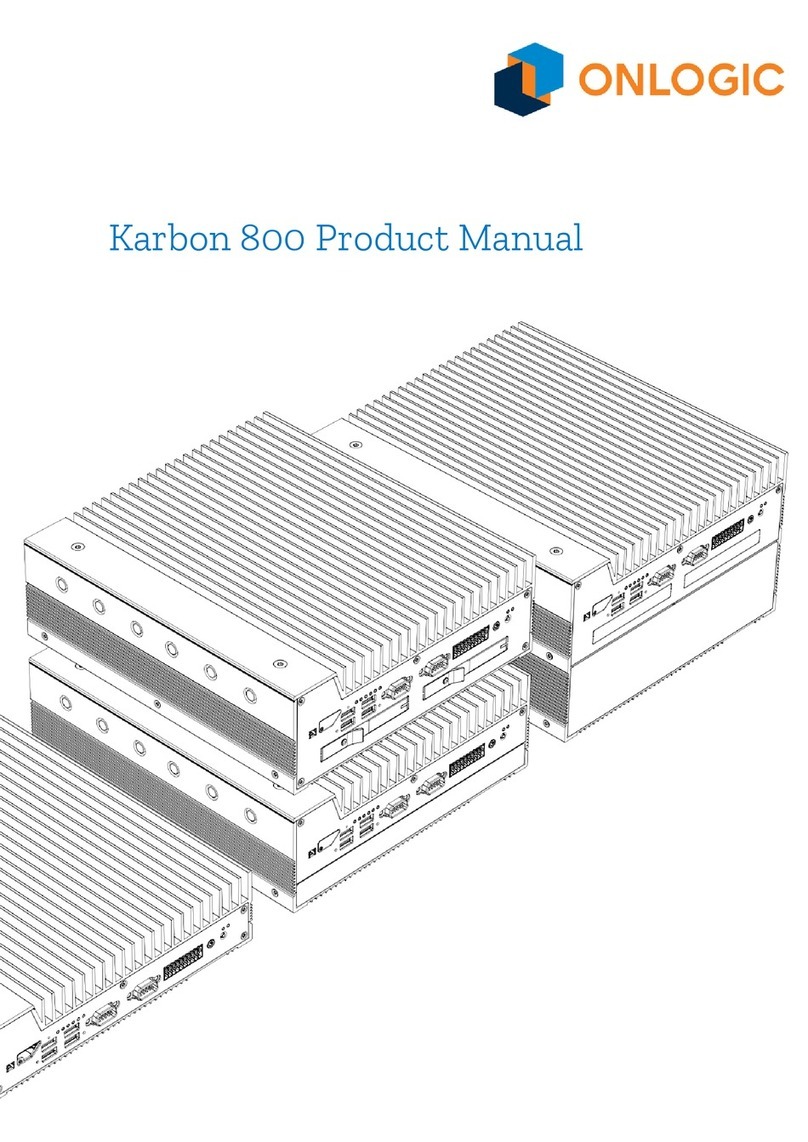
Onlogic
Onlogic Karbon 800 Series User manual
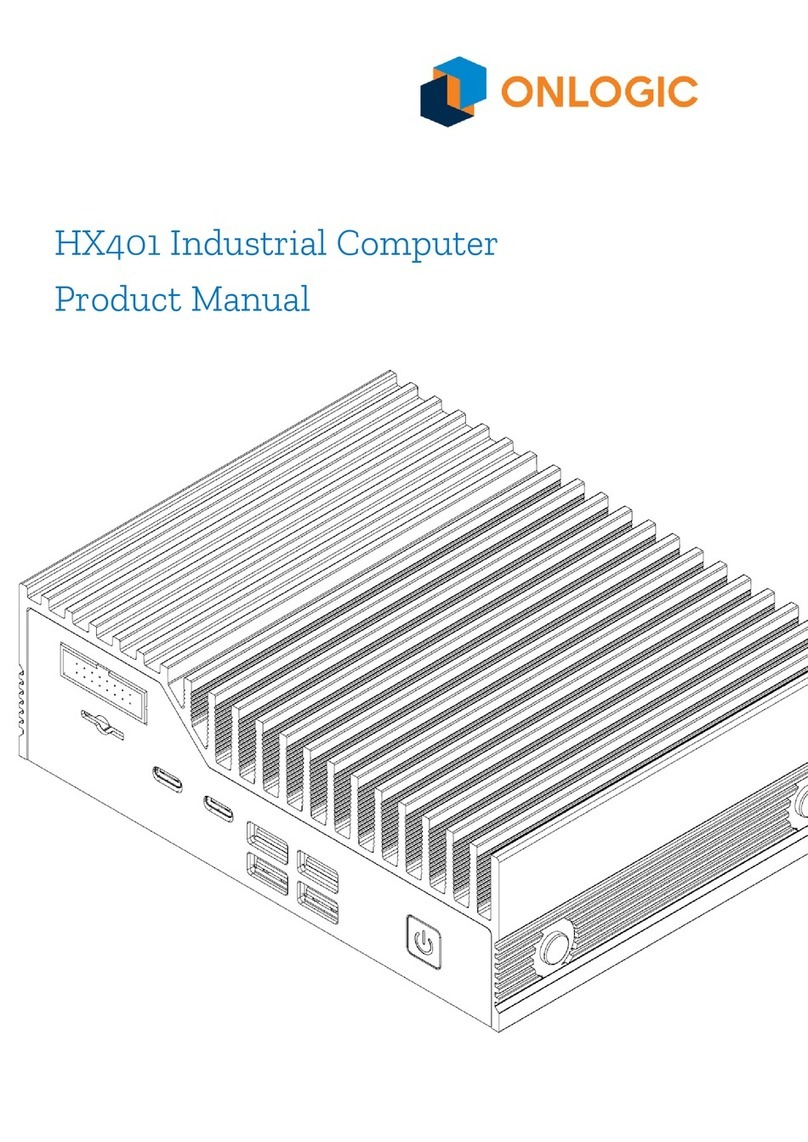
Onlogic
Onlogic HX401 User manual
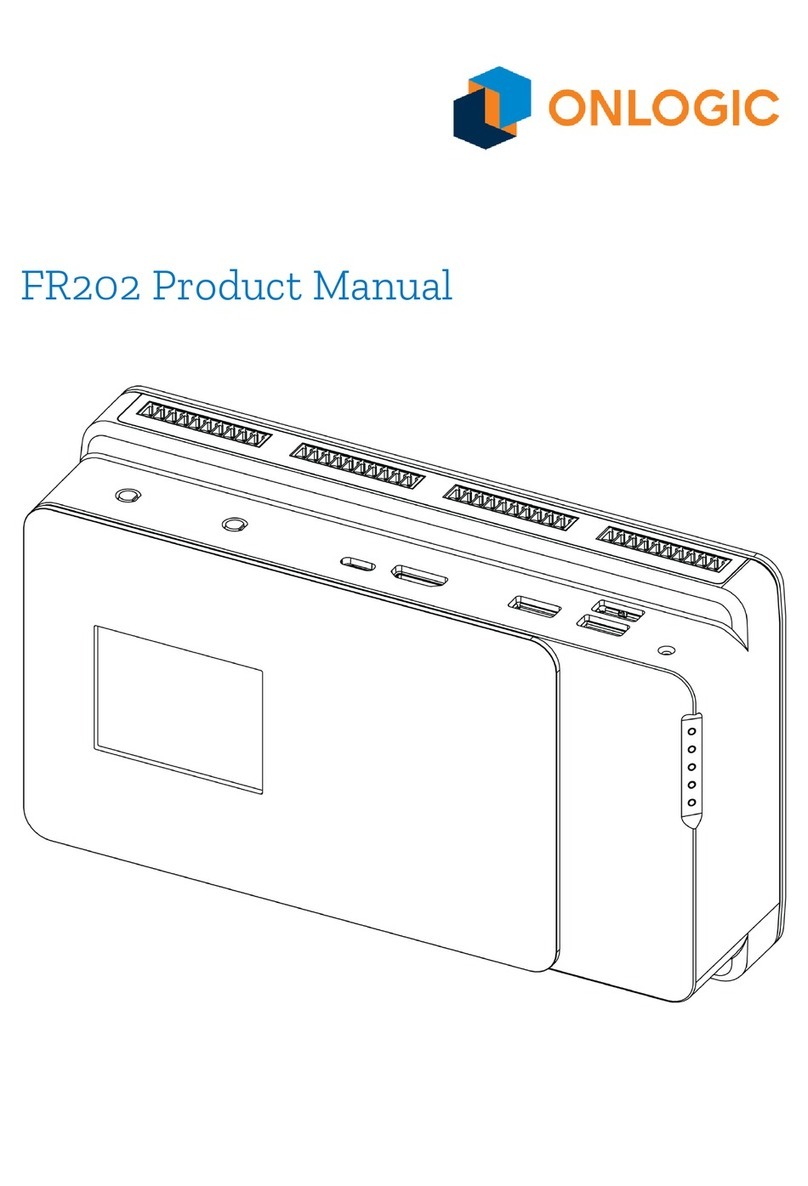
Onlogic
Onlogic Factor 202 User manual
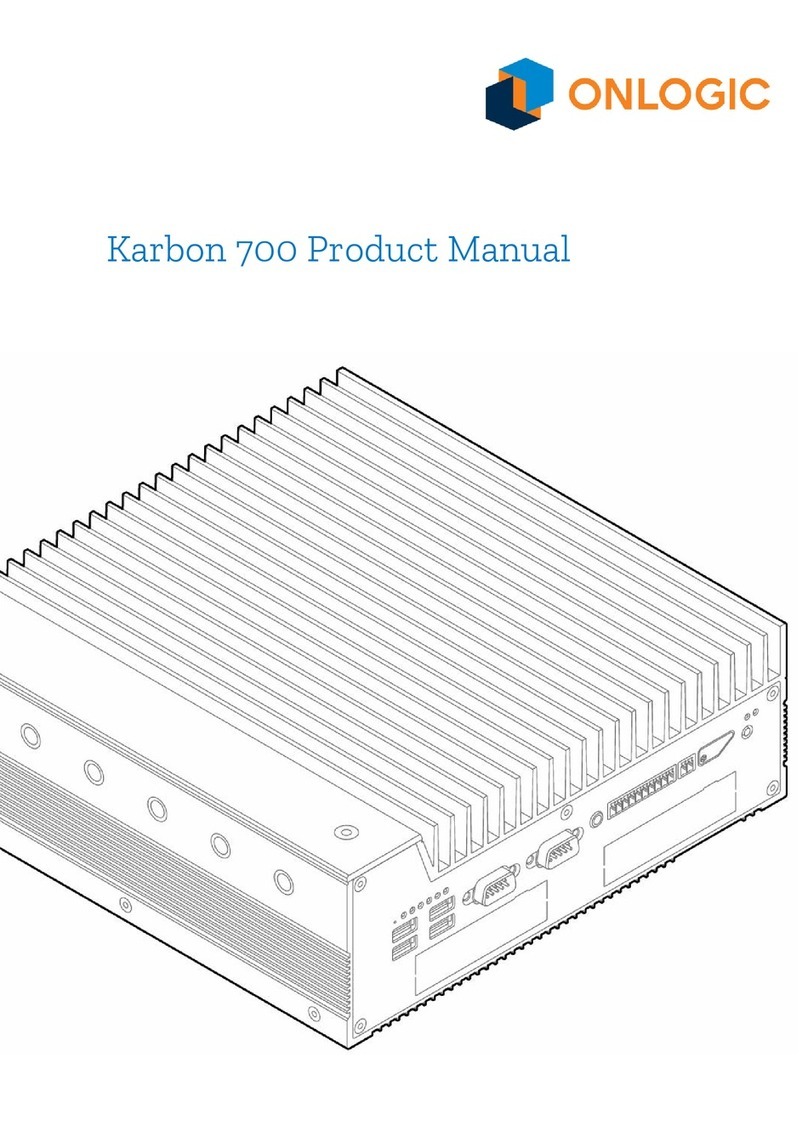
Onlogic
Onlogic Karbon 700 Series User manual
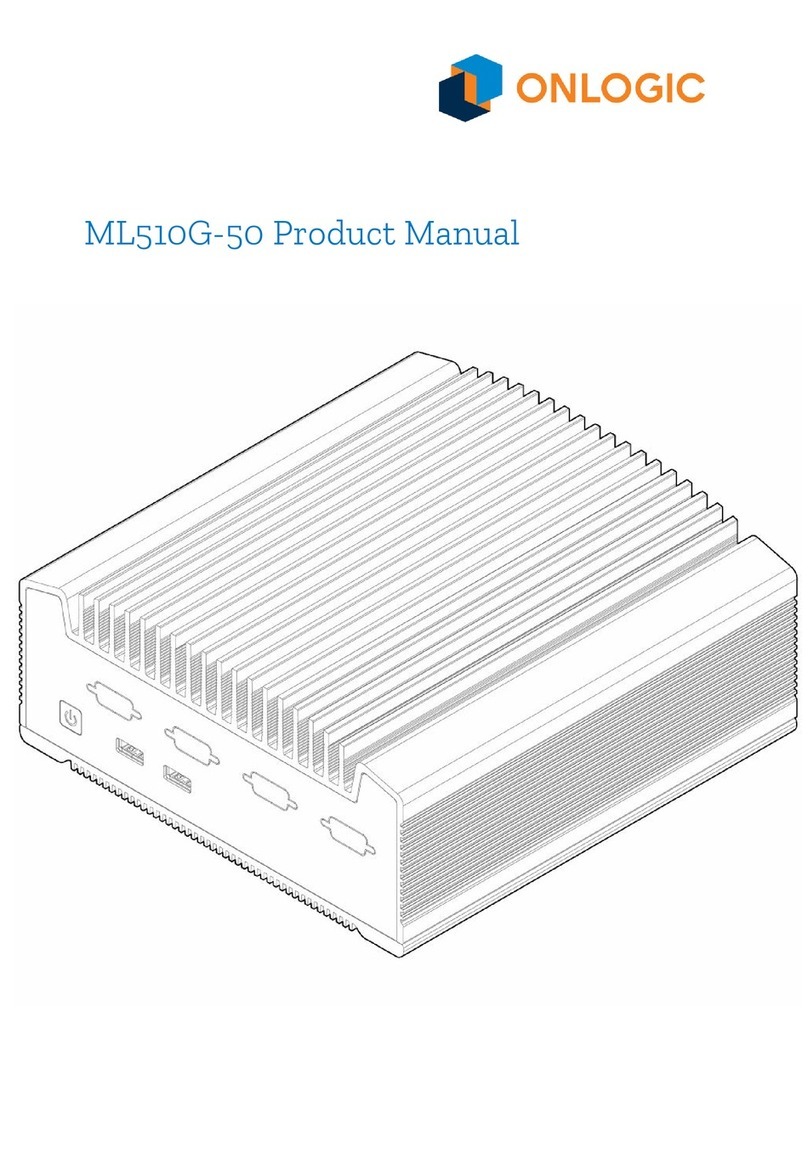
Onlogic
Onlogic ML510G-50 User manual
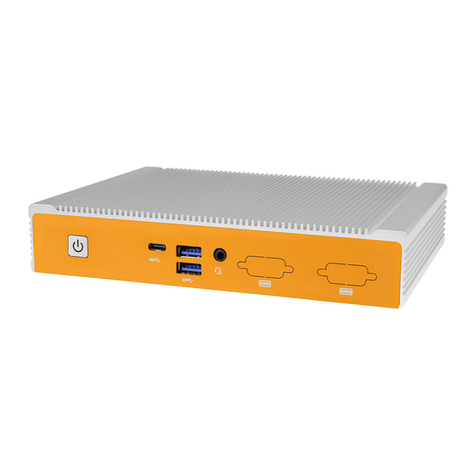
Onlogic
Onlogic ML350G-10 User manual
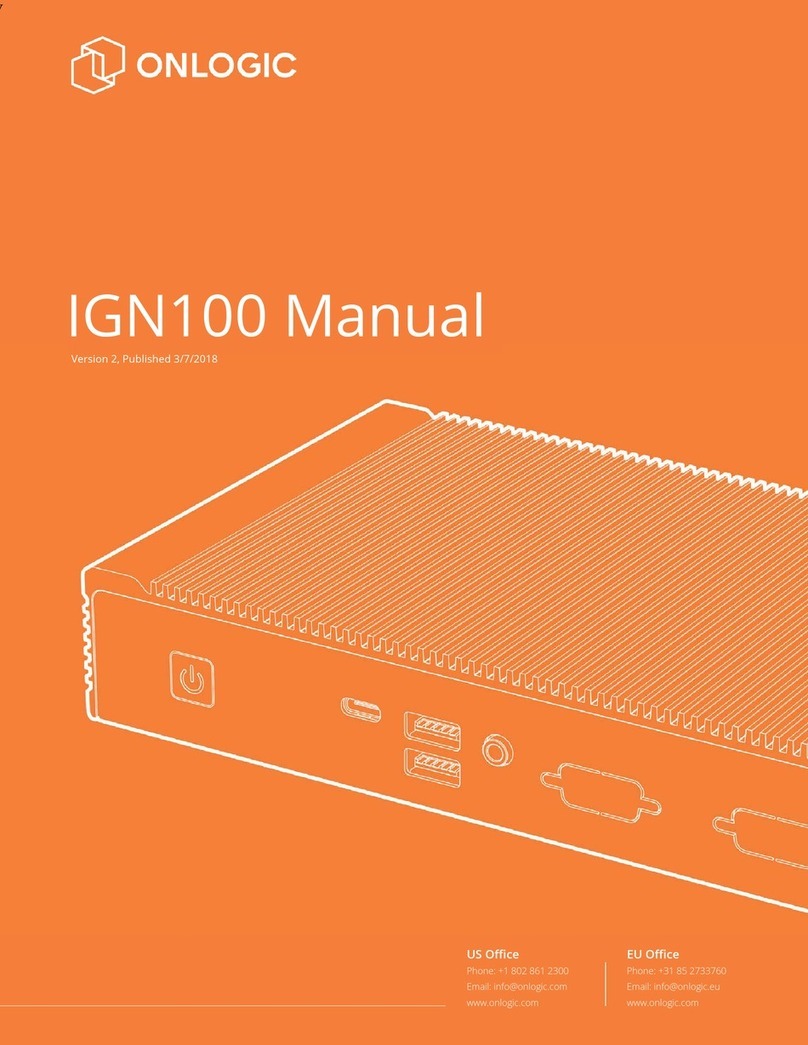
Onlogic
Onlogic IGN100 User manual

Onlogic
Onlogic ML350G-10 User manual
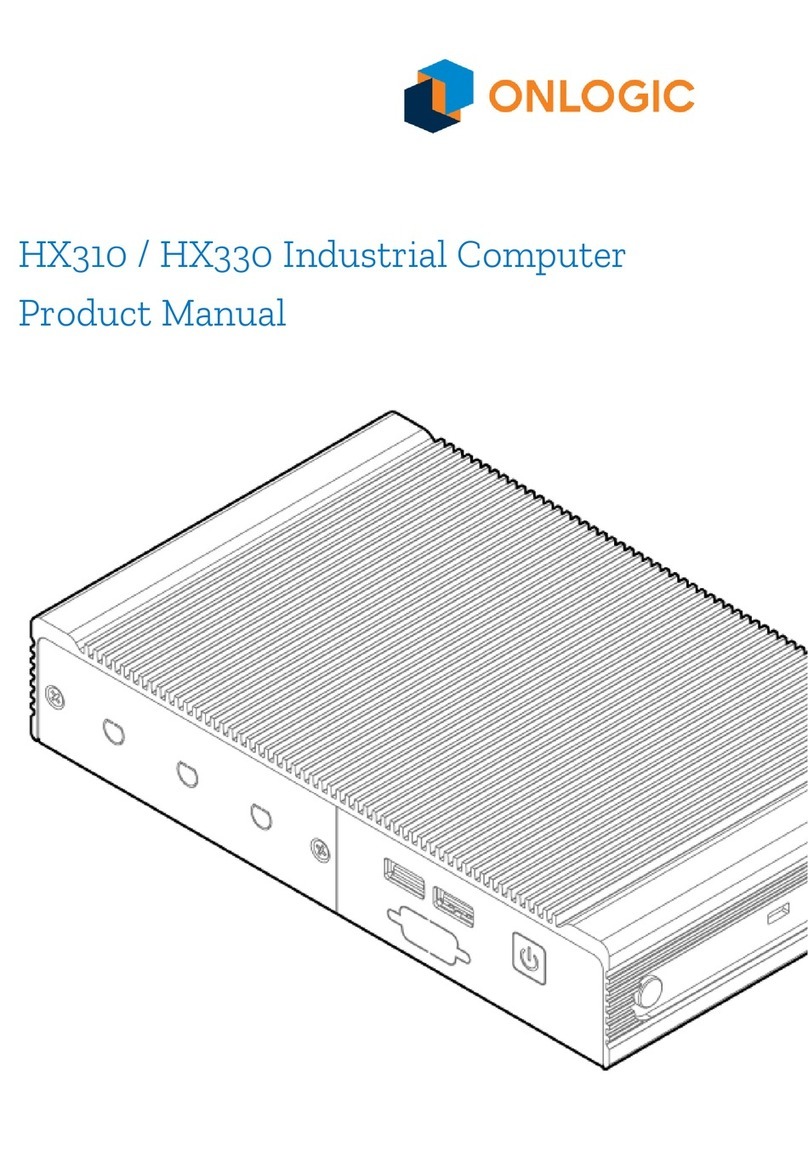
Onlogic
Onlogic HX310 User manual
Popular Industrial PC manuals by other brands

Dell
Dell Embedded Box PC 5000 Installation and operation manual

IBASE Technology
IBASE Technology ASB200-918 Series user manual

Lenovo
Lenovo ThinkCentre M90q Hardware Maintenance Manual

IXXAT
IXXAT Econ 100 Hardware manual

Kontron
Kontron KBox A-151-TGL user guide

AXIOMTEK
AXIOMTEK ICO500-518 Series user manual
